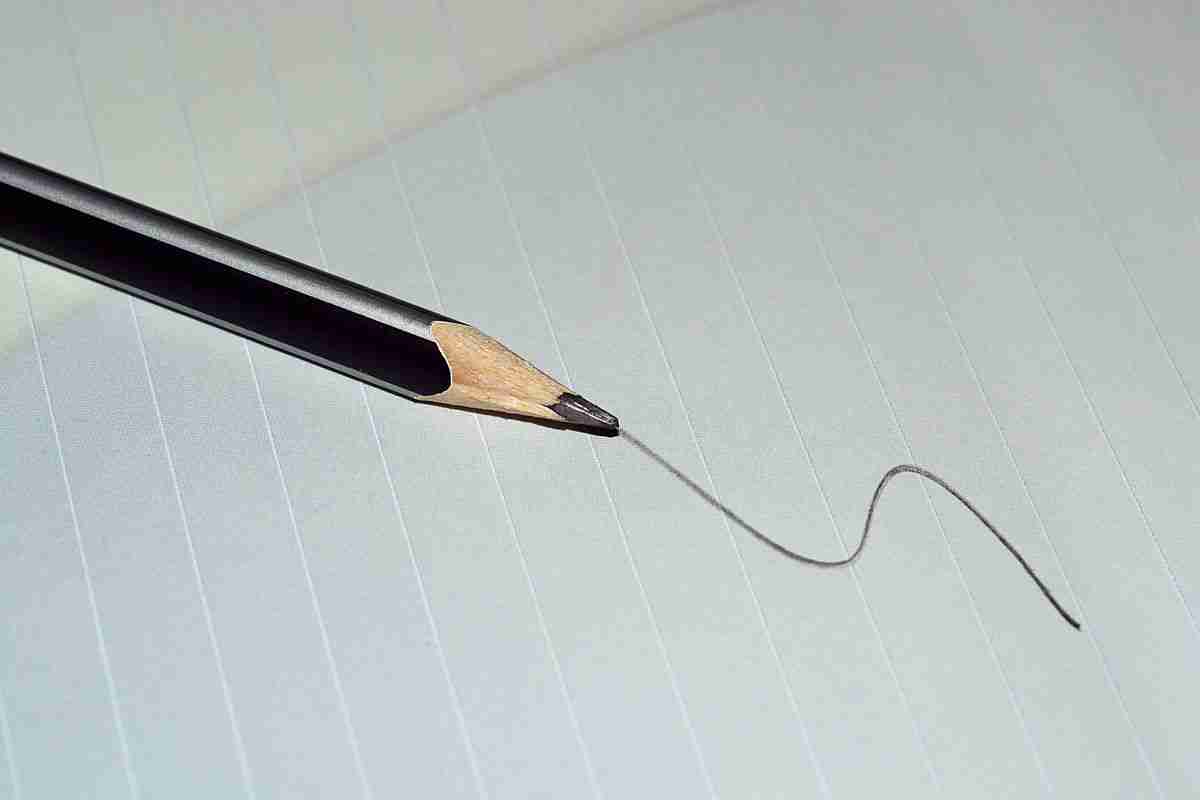By MOLLY SPRAYREGEN
Associated Press
Whether you’re looking to release pent-up emotions, motivate yourself or simply clear your mind, keeping a journal can be great for your mental health.
“We discover things about ourselves that are hidden,” says Jamie Ridler, a creative living coach and founder of the online Jamie Ridler Studios . She says journaling is “great practice for showing us something beyond what we think we know.”
Your journal should be a place where you feel completely free to experiment and have fun.
But how do you get started? What do you say? Some techniques to help get those creative juices flowing:
___
CREATE AN ART JOURNAL
There are no rules for art journaling, but it generally involves a combination of words and images.
“Images allow us to tap into different parts of us,” says Amy Maricle, an artist, art therapist and founder of the online journaling hub Mindful Art Studio . “With language we’re really good at censoring and controlling and presenting what we think and feel .. Through visual means we don’t have the same kind of censorship and filters.”
Art journaling doesn’t require advanced skills. Even painting messily all over the page can be cleansing, Maricle says. She enjoys taking one or two colors and merely spreading paint all over a page. “It’s like taking a walk in nature,” she says. “It helps open me up.”
Another exercise she suggests: Write out what you’re feeling, and then, in light pencil, underline words or phrases that stand out to you. Using paint, cover any of the writing you didn’t underline. Now you’ve created an original poem.
Ridler says you can also start an art journal by selecting an image from a magazine that catches your eye. Glue it into your journal and write about why you picked it.
She also suggests a style of journaling known as Fuaxbonichi – dividing a page into many sections and filling it with words and drawings.
Maricle and Ridler both urge journal keepers not to worry about the final product. No one else needs to see it, after all.
“When you are in your journal, you are in a process,” says Ridler. “Let yourself be messy. Let yourself find your way.”
___
MAKE LISTS
Sharie Stines, a therapist and coach for those suffering from addiction and/or abusive relationships, suggests keeping gratitude lists, and lists of your strengths and goals. She also recommends writing out self-affirming declarations such as “I am enough” and “I can do this.”
The ultimate form of list-making may be the Bullet Journal, invented by Ryder Carroll. It involves tracking your life in bullet points. Carroll says doing that helps us remain organized, and gain awareness of how we spend our time and energy.
“It’s not only about what we need to do,” he says. “It’s also about understanding and questioning the things that demand our attention.”
There are three main categories of bullets in a Bullet Journal: tasks, events and notes. Carroll explains, however, that the Bullet Journal is “infinitely customizable,” and can also involve sketches, color and other visual elements.
Keeping a Bullet Journal by hand is key to its effectiveness, he says: “Studies suggest that analog journaling of any kind has many benefits, ranging from treating anxiety to increasing memory retention.” For more information, see the tutorials on bulletjournal.com .
___
TRY EXPRESSIVE WRITING
Social psychologist Dr. James Pennebaker was a pioneer in using expressive writing to help people deal with problems. He explains: “You set aside three or four days and write for maybe 15 or 20 minutes each day, and ideally about some topic that is gnawing at you, that is getting in the way of your life.”
Writing, he says, requires us to stop pushing the issue aside. It acknowledges how we feel and helps us “place some kind of organization and structure to it.”
Pennebaker emphasizes that expressive writing isn’t for everyone all the time, and may not be beneficial immediately after an upheaval. Trust your gut, he says.
“If you absolutely don’t feel as though you are ready to write, don’t write,” he says. “Your brain is telling you something.”
___
WRITE LETTERS
Addressing journal entries to a person in your life can help release bottled-up feelings. Stines regularly utilizes this technique with her clients.
“It’s not for the other person,” she says. “It’s only for the writer . The other person may never know you had a problem. They don’t even have to know, because you’re giving voice to yourself.”













No Comment